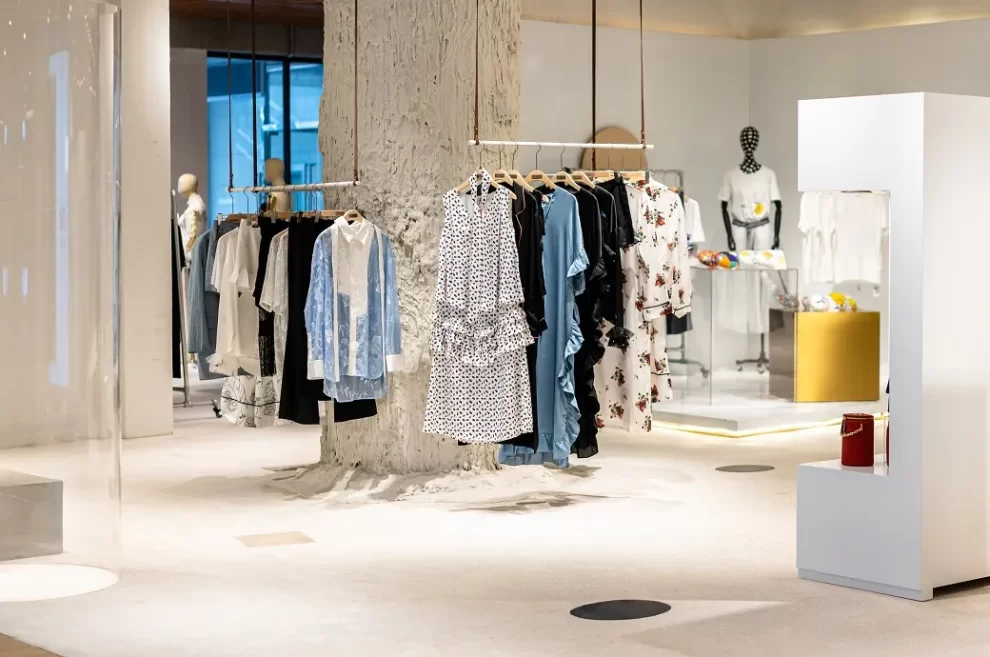The global economic outlook in major fashion markets is predicted to remain unsettled in 2024, affecting consumer confidence and spending, according to a recent comprehensive report titled ‘The State of Fashion 2024’, co-published by The Business of Fashion (BoF) and McKinsey & Company. The report identifies 10 key themes that are expected to shape the fashion landscape in 2024, influenced by a blend of geopolitical, economic, and climate factors.
Notably, there’s a minus 16 per cent net intent to spend on apparel across the US, Europe, and China in the fourth quarter of 2023.
The escalating climate crisis highlight the urgency for fashion brands to fortify their value chains against climate risks and intensify efforts to cut emissions. By 2030, climate events like flooding and extreme heat could jeopardize $65 billion in apparel exports, as per the report.
Furthermore, the year 2024 is set to witness the highest travel volume since the pandemic, reaching up to 110 per cent of 2019 levels. This presents a unique opportunity for brands to rethink distribution strategies to captivate travelling consumers.
A shift in influencer trends sees a rising preference for relatable and authentic personalities. Over 40 per cent of consumers favour influencers who exhibit these qualities.
The surge in technical outdoor wear’s popularity is expected to continue, with outdoor brands potentially launching lifestyle collections and fashion brands expanding into outdoor wear. Resale platforms experienced an 800 per cent average growth in trade activity for brands like Salomon, Arc’teryx, and The North Face in 2023.
AI technology remains a focal point, with 73 per cent of fashion executives considering it a priority in 2024. However, only 5 per cent feel prepared to fully utilize its capabilities.
Intensifying competition among fast-fashion brands necessitates adaptability to customer preferences and new regulations. 40 per cent of US consumers have shopped at third-generation fast fashion retailers in the past year.
Brand marketing is set for a resurgence as businesses cannot rely solely on performance marketing. A significant 71 per cent of fashion executives plan to increase brand marketing investments in 2024.
Upcoming sustainability regulations are expected to reshape business models, with 87 per cent of fashion executives anticipating an impact on their operations.
To align supply with anticipated demand, 73 per cent of chief procurement officers highlight the importance of strengthening strategic manufacturer partnerships to mitigate supply chain volatility.
“From the intensifying climate crisis to the transformative potential of AI, The State of Fashion 2024 dissects key challenges and opportunities for the global fashion industry next year. But fashion leaders cannot rest on their laurels. While they must approach 2024 with caution, it is critical to continue seeking targeted opportunities for growth and innovation,” said Imran Amed, founder and CEO of The Business of Fashion.
“The fashion industry once again demonstrated remarkable resilience in 2022. The luxury segment in particular propelled growth through price increases, partially offsetting the weaknesses of other segments. While there are many challenges ahead for the global fashion industry in the coming year, mainly driven by volatility and uncertainty due to macroeconomic developments, we expect limited global growth of about 2-4 per cent in 2024. Luxury’s global retail sales growth is forecast to slow to between 3 and 5 per cent in 2024, due to consumers restrain spending after a post-pandemic shopping surge,” said Achim Berg, senior partner at McKinsey.
Source : Fibre 2 Fashion




























